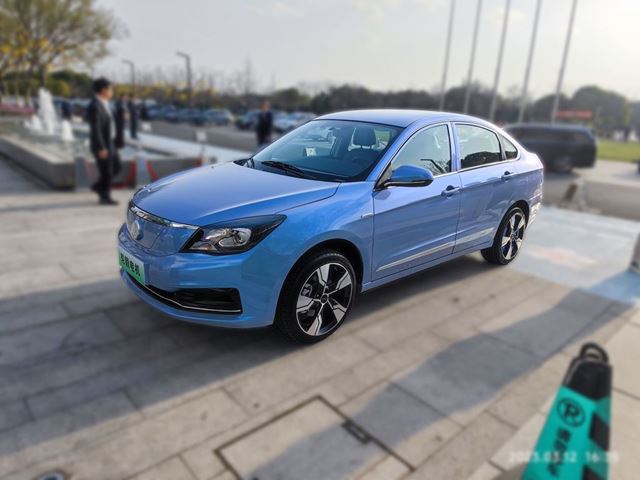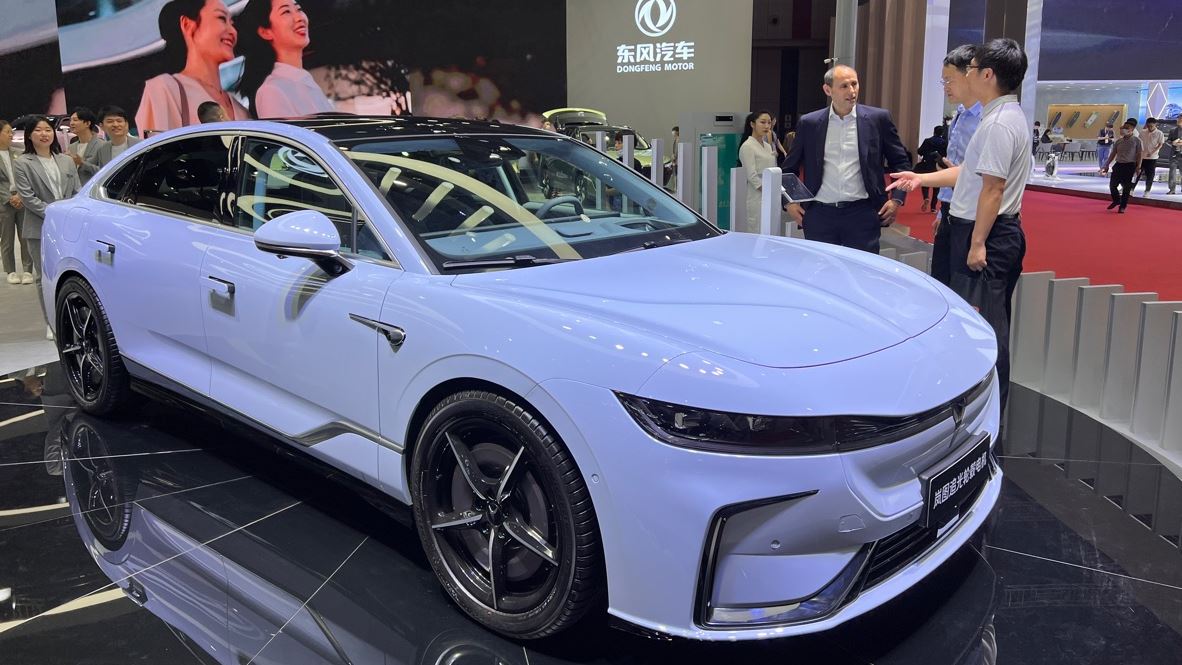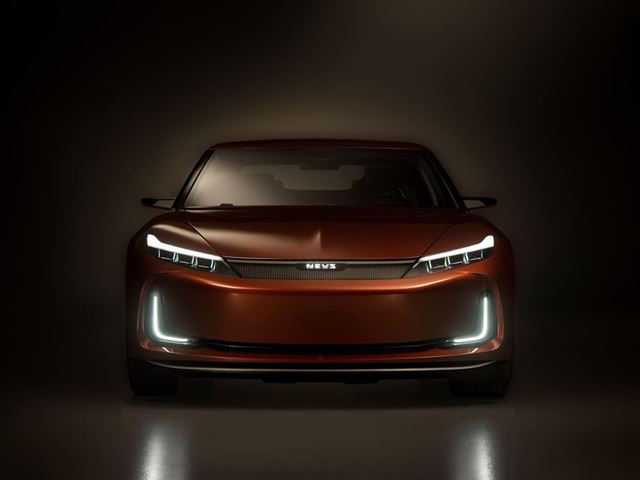
- Latest: Welcome to Auto Futures - Mobility News, Features, Exclusives and More...
- Latest: Gogoro's Global Expansion Plans Boosted by Partnership with Japan's Sumitomo
- Latest: Polestar & StoreDot Charge Polestar 5 Prototype From 10-80% in 10 Minutes
- Latest: Abu Dhabi Autonomous Racing League won by Technical University of Munich
- Latest: Toyota Announces $1.4 Billion Investment in US Plant to Produce All-new BEV
- Latest: The Rise of the Humanoid Robots (and how OEMS can Benefit) - Apptronik's CCO
How Protean Electric is Putting the Power Into the Wheels - CEO, Andrew Whitehead on In-Wheel Technology
Adrian Smith
- Jun 01 2023

Born out of a business focused on motor development for over five decades, UK-based Protean Electric was launched in 2008 with a goal to develop the ProteanDrive in-wheel motor (IWM) for the automotive market. The team has subsequently spent ten years and over 1 million hours developing its technology.
Auto Futures recently caught up Protean Electric’s CEO, Andrew Whitehead.
"Protean Electric always had a clear focus to make in-wheel motor technology for the automotive market," says Whitehead.
Its IWM technology is designed to improve electric passenger cars, light commercial vehicles and future transport solutions by delivering torque and power directly to the wheels with no shafts or gears. It is both lighter and more efficient than conventional EV powertrains.
"You don't need any other components on the vehicle other than a battery and some sort of system controller. All the power electronics, its control electronics and software are embedded in the wheel," he explains.
By putting the power in the wheels, ProteanDrive also increases the available space in vehicle architectures for OEMs.
"They will be able to design a better vehicle, and that better means more space for users, better efficiency...to deliver that extra space the vehicle is smaller and lighter and has a smaller cross-sectional area for aerodynamic resistance."
The company's main development site is located in Farnham in the UK. And its production site is based in the Chinese city of Tianjin.
In 2021, Protean was acquired by the UK sustainable transport techology group, BEDEO, from National Electric Vehicle Sweden (NEVS), a subsidiary of China's Evergrande New Energy Vehicle Group.
There were good synergies with how they wanted to use our technology in their products, and their support for the vision that in-wheel motors can make a difference in the automotive electric vehicle space. From their perspective, they needed us as a supplier and there was an opportunity to combine the business...That transaction happened, and we've been happily engaged with them ever since."

The Emily GT - Revealed
China remains an important market for Protean Electric. It has collaborated with Dongfeng Motor (DFM), a leading Chinese Automotive OEM, since 2016.
At the Shanghai Auto Show 2023, DFM displayed the Voyah Zhiguang, a luxury sedan built on a new vehicle platform, powered by four ProteanDrive Pd18 IWMs.
"They've done a lot of testing on the technology. They've assessed also other in-wheel providers in the industry... We've landed together with this partnership to bring the technology to market," says Whitehead.
"As you can see, we're on a journey to get the technology into mass production over the coming years."
Protean has also been working with the NEVS team on another project, which has just been revealed to the public. The NEVS Emily GT, powered by ProteanDrive, has a potential range of up to 1000km, and can go from 0 to 100km/h in just 4.6 seconds.
Many EV models feature relatively high rooflines because passengers sit on top of the car's batteries which restricts space and driving the roofline up. However, the Emily GT is under 1.4m high and was built to be roomy. Amazingly it was developed in just ten months, with a majority of parts production intent.
"We said, 'right let's go with a high-end vehicle, performance GT'. We'll make a low car and we'll make it a roomy car inside, and a car that you'd be happy to spend three or four hours in doing 1000 kilometres, because we can free up space for batteries with the wheel motors, and we can get the vehicle low enough to give you a low aerodynamic drag, a low cross sectional area. That was really the concept of the vehicle."
"It was wonderful project, and what it demonstrates, from our perspective, is that you can make a high performance, luxury EVs using in-wheel motors," he adds.

Better Ways to Travel
In terms of autonomous transport, Protean Electric has worked in the past with Local Motors on its Oli shuttle. It has also developed Protean360+, an electric-drive corner module designed for next-generation urban mobility pods. However, Whitehead believes the sector is currently facing bumps in the road.
"I think the challenge for that space at the moment is when does it commercialise?" he says.
"There's been a lot of money thrown into the space. It turns out it's quite hard. Humans, along with current vehicles, are not bad at driving, and a machine can't yet really replicate human performance. So, I think that's the real barrier there. When they solve that problem and those companies need shuttles, we'll be there with a great driveline option for them."
"It has been and will again be a great market segment for us. But, from what I see today, wheel motors as a technology, for us as a business, the near/medium term volume is coming as passenger cars and light commercial vehicles. That's where our real focus is," he adds.
Finally, we asked Whitehead for his thoughts on what transportation will look like by the end of the decade.
"The majority of us will be driving electric but we will be driving ourselves and we will start to see, with the benefit of our technology and some other technology advancements, that electric vehicle design will start to be less like conventional vehicles. It will start to diverge more and offer people better electric vehicles, better ways to travel," he predicts.
Popular Categories
